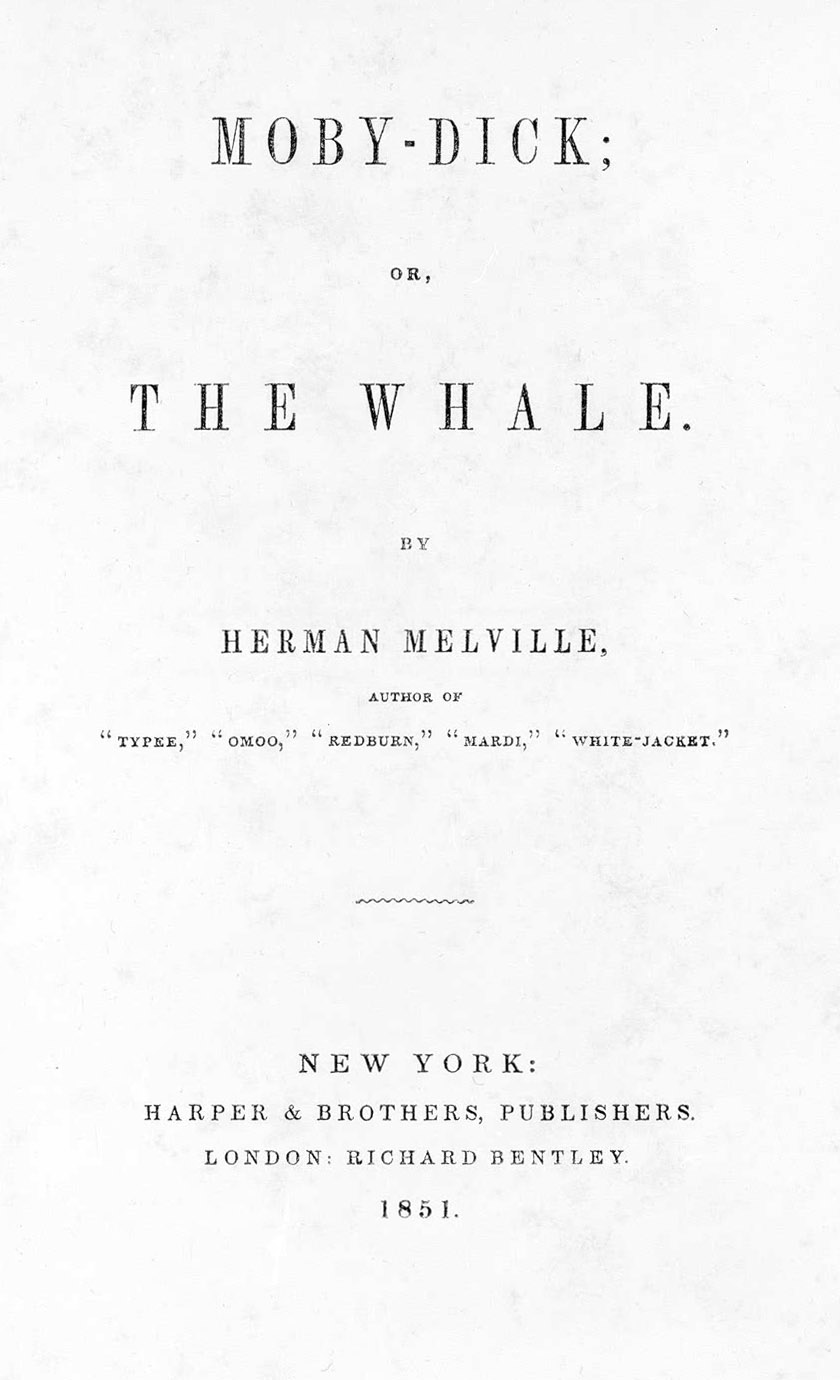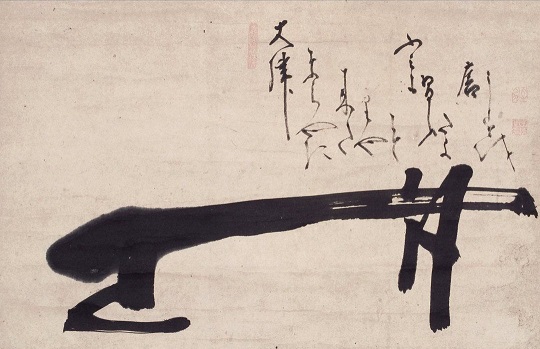|
Non-abiding
In Buddhism, especially the Chan (Zen) traditions, non-abidance (in Sanskrit: ''apratiṣṭhita'', with the '' a-'' prefix, ‘unlimited’, ‘unlocalized’) is the practice of avoiding mental constructs during daily life. That is, other than while engaged in meditation (''Zazen''). Some schools of Buddhism, especially the Mahāyāna, consider ''apratiṣṭhita-nirvāṇa'' ("non-abiding cessation") to be the highest form of Buddhahood, more profound than ''pratiṣṭhita-nirvāṇa'', the ‘localized’, lesser form. According to Robert Buswell and Donald Lopez, ''apratiṣṭhita-nirvāṇa'' is the standard Mahayana view of Buddhahood, which enables them to freely return to samsara in order to help sentient beings, while still remaining in nirvāṇa and being a buddha via the usage of the nirmanakaya and sambhogakaya. Term Here, '' abide'' is used to translate ''pratiṣṭhita'', meaning "to be contained in locale or "situated", from the prefix ''prati-'' ('towar ... [...More Info...] [...Related Items...] OR: [Wikipedia] [Google] [Baidu] |
Platform Sutra
The ''Platform Sutra of the Sixth Patriarch'' ( or simply: ''Tánjīng'') is a Chan Buddhist scripture that was composed in China during the 8th to 13th century. The "platform" (施法壇) refers to the podium on which a Buddhist teacher speaks. Its key themes are the direct perception of one's true nature, and the unity in essence of ''śīla'' (conduct), '' dhyāna'' (meditation) and '' prajñā'' (wisdom). The text centers on teachings and stories ascribed to the sixth Chan patriarch Huineng. It contains the well-known story of the contest for the succession of Hongren (enlightenment by the non-abiding), and discourses and dialogues attributed to Huineng. The text attributes its recollection to Fa-hai, but was probably written within the so-called Oxhead school, which existed along with the East Mountain School and Shenhui's Southern School. The text attempts to reconcile the so-called Northern School with its alleged gradual enlightenment teachings, and the so-cal ... [...More Info...] [...Related Items...] OR: [Wikipedia] [Google] [Baidu] |
Mahāyāna
''Mahāyāna'' (; "Great Vehicle") is a term for a broad group of Buddhist traditions, texts, philosophies, and practices. Mahāyāna Buddhism developed in India (c. 1st century BCE onwards) and is considered one of the three main existing branches of Buddhism (the other being ''Theravāda'' and Vajrayana).Harvey (2013), p. 189. Mahāyāna accepts the main scriptures and teachings of early Buddhism but also recognizes various doctrines and texts that are not accepted by Theravada Buddhism as original. These include the Mahāyāna Sūtras and their emphasis on the ''bodhisattva'' path and ''Prajñāpāramitā''. '' Vajrayāna'' or Mantra traditions are a subset of Mahāyāna, which make use of numerous tantric methods considered to be faster and more powerful at achieving Buddhahood by Vajrayānists. "Mahāyāna" also refers to the path of the bodhisattva striving to become a fully awakened Buddha ('' samyaksaṃbuddha'') for the benefit of all sentient beings, and is thus a ... [...More Info...] [...Related Items...] OR: [Wikipedia] [Google] [Baidu] |
Buddhism
Buddhism ( , ), also known as Buddha Dharma and Dharmavinaya (), is an Indian religion or philosophical tradition based on teachings attributed to the Buddha. It originated in northern India as a -movement in the 5th century BCE, and gradually spread throughout much of Asia via the Silk Road. It is the world's fourth-largest religion, with over 520 million followers (Buddhists) who comprise seven percent of the global population. The Buddha taught the Middle Way, a path of spiritual development that avoids both extreme asceticism and hedonism. It aims at liberation from clinging and craving to things which are impermanent (), incapable of satisfying ('), and without a lasting essence (), ending the cycle of death and rebirth (). A summary of this path is expressed in the Noble Eightfold Path, a training of the mind with observance of Buddhist ethics and meditation. Other widely observed practices include: monasticism; "taking refuge" in the Buddha, the , and the ... [...More Info...] [...Related Items...] OR: [Wikipedia] [Google] [Baidu] |
Classic Book
A classic is a book accepted as being exemplary or particularly noteworthy. What makes a book "classic" is a concern that has occurred to various authors ranging from Italo Calvino to Mark Twain and the related questions of "Why Read the Classics?" and "What Is a Classic?" have been essayed by authors from different genres and eras (including Calvino, T. S. Eliot, Charles Augustin Sainte-Beuve). The ability of a classic book to be reinterpreted, to seemingly be renewed in the interests of generations of readers succeeding its creation, is a theme that is seen in the writings of literary critics including Michael Dirda, Ezra Pound, and Sainte-Beuve. These books can be published as a collection (such as Great Books of the Western World, Modern Library, or Penguin Classics) or presented as a list, such as Harold Bloom's list of books that constitute the Western canon. Although the term is often associated with the Western canon, it can be applied to works of literature f ... [...More Info...] [...Related Items...] OR: [Wikipedia] [Google] [Baidu] |
Dunhuang
Dunhuang () is a county-level city in Northwestern Gansu Province, Western China. According to the 2010 Chinese census, the city has a population of 186,027, though 2019 estimates put the city's population at about 191,800. Dunhuang was a major stop on the ancient Silk Road and is best known for the nearby Mogao Caves. Dunhuang is situated in an oasis containing Crescent Lake and Mingsha Shan (, meaning "Singing-Sand Mountain"), named after the sound of the wind whipping off the dunes, the singing sand phenomenon. Dunhuang commands a strategic position at the crossroads of the ancient Southern Silk Route and the main road leading from India via Lhasa to Mongolia and Southern Siberia, and also controls the entrance to the narrow Hexi Corridor, which leads straight to the heart of the north Chinese plains and the ancient capitals of Chang'an (today known as Xi'an) and Luoyang. Administratively, the county-level city of Dunhuang is part of the prefecture-level city of Jiuqu ... [...More Info...] [...Related Items...] OR: [Wikipedia] [Google] [Baidu] |
Dharma
Dharma (; sa, धर्म, dharma, ; pi, dhamma, italic=yes) is a key concept with multiple meanings in Indian religions, such as Hinduism, Buddhism, Jainism, Sikhism and others. Although there is no direct single-word translation for ''dharma'' in European languages, it is commonly translated as "righteousness", "merit" or "religious and moral duties" governing individual conduct.Britannica, The Editors of Encyclopaedia. (9 April 2019)Dharma. ''Encyclopedia Britannica''. Accessed 14 September 2021. In Hinduism, dharma is one of the four components of the '' Puruṣārtha'', the aims of life, and signifies behaviours that are considered to be in accord with ''Ṛta'', the order that makes life and universe possible. It includes duties, rights, laws, conduct, virtues and "right way of living".see: *"Dharma", ''The Columbia Encyclopedia'', 6th Ed. (2013), Columbia University Press, Gale, ; *Steven Rosen (2006), Essential Hinduism, Praeger, , Chapter 3. It had a transte ... [...More Info...] [...Related Items...] OR: [Wikipedia] [Google] [Baidu] |
Self-nature
Svabhava ( sa, स्वभाव, svabhāva; pi, सभाव, sabhāva; ; ) literally means "own-being" or "own-becoming". It is the intrinsic nature, essential nature or essence of beings. The concept and term ''svabhāva'' are frequently encountered in Hindu and Buddhist traditions such as Advaita Vedanta (e.g. in the '' Avadhūta Gītā''), Mahayana Buddhism (e.g. in the ''Ratnagotravibhāga''), Vaishnavism (e.g., the writings of Ramanuja) and Dzogchen (e.g. in the seventeen tantras). In the nondual Advaita Vedānta yoga text, ''Avadhūta Gītā'', Brahman (in the Upanishadic denotation) is the ''svabhāva''. In the Mahāyāna Buddhadharma tradition(s) it is one of a suite of terms employed to denote the Buddha-nature, such as "''gotra''". Indian philosophy The term first appears in the Shvetashvatara Upanishad, as a possible first cause (''jagatkāraṇa'').Ramkrishna Bhattacharya, ''Svabhāvavada'' and the Cārvāka/Lokāyata: A Historical Overview There also seems to ha ... [...More Info...] [...Related Items...] OR: [Wikipedia] [Google] [Baidu] |
Daman Hongren
Hongren (, 601–674), posthumous name ''Daman'', was the 5th Patriarch of Chan Buddhism ( Chinese: 禅宗五祖). Hongren is said to have received Dharma transmission from Dayi Daoxin and passed on the symbolic bowl and robe of transmission to Huineng, the Sixth and last Chan Patriarch. Biography As with all the early Chan patriarchs, many of the details of Hongren’s life are uncertain and much of his biography is layered with legend added well after his death. The following biography is based on Chan traditional sources. Childhood Hongren was born in Huangmei with the family name Chou. His father abandoned the family but Hongren displayed exemplary filial duty in supporting his mother. Although the ''Records of the Teachers and Disciples of the Lankavatara'' claim that Hongren’s father abandoned the family, Chan scholar John McRae points out that Hongren’s residence was converted to a monastery, implying that Hongren’s family was probably wealthy and prominent loca ... [...More Info...] [...Related Items...] OR: [Wikipedia] [Google] [Baidu] |
Huineng
Dajian Huineng (); (February 27, 638 – August 28, 713), also commonly known as the Sixth Patriarch or Sixth Ancestor of Chan ( traditional Chinese: 禪宗六祖), is a semi-legendary but central figure in the early history of Chinese Chan Buddhism. According to tradition he was an uneducated layman who suddenly attained awakening upon hearing the Diamond Sutra. Despite his lack of formal training, he demonstrated his understanding to the fifth patriarch, Daman Hongren, who then supposedly chose Huineng as his true successor instead of his publicly known selection of Yuquan Shenxiu. Twentieth century scholarship revealed that the story of Huineng's Buddhist career was likely invented by the monk Heze Shenhui, who claimed to be one of Huineng's disciples and was highly critical of Shenxiu's teaching. Huineng is regarded as the founder of the "Sudden Enlightenment" Southern Chan school of Buddhism, which focuses on an immediate and direct attainment of Buddhist enlightenment. ... [...More Info...] [...Related Items...] OR: [Wikipedia] [Google] [Baidu] |
Subitism
The term subitism points to sudden awakening, the idea that insight into Buddha-nature, or the nature of mind, is "sudden," c.q. "in one glance," "uncovered all together," or "together, completely, simultaneously," in contrast to "successively or being uncovered one after the other." It may be posited as opposite to gradualism, the original Buddhist approach which says that following the dharma can be achieved only step by step, through an arduous practice. Etymology The application of the term "subitism" to Buddhism is derived from the French '' illumination subite'' (sudden awakening), contrasting with 'illumination graduelle' (gradual awakening). It gained currency in this use in English from the work of sinologist Paul Demiéville. His 1947 work 'Mirror of the Mind' was widely read in the U.S. It inaugurated a series by him on subitism and gradualism. The Chinese term ''tun'', as used in ''tun- wu'', translated as "subite," sudden, has a broader meaning than "sudden." It ... [...More Info...] [...Related Items...] OR: [Wikipedia] [Google] [Baidu] |
Entity
An entity is something that exists as itself, as a subject or as an object, actually or potentially, concretely or abstractly, physically or not. It need not be of material existence. In particular, abstractions and legal fictions are usually regarded as entities. In general, there is also no presumption that an entity is animate, or present. The term is broad in scope and may refer to animals; natural features such as mountains; inanimate objects such as tables; numbers or sets as symbols written on a paper; human contrivances such as laws, corporations and academic disciplines; or supernatural beings such as gods and spirits. The adjectival form is ''entitative''. Etymology The word ''entity'' is derived from the Latin ''entitas'', which in turn derives from the Latin ''ens'' meaning "being" or "existing" (compare English '' essence''). ''Entity'' may hence literally be taken to mean "thing which exists". In philosophy Ontology is the study of concepts of existence, and ... [...More Info...] [...Related Items...] OR: [Wikipedia] [Google] [Baidu] |




